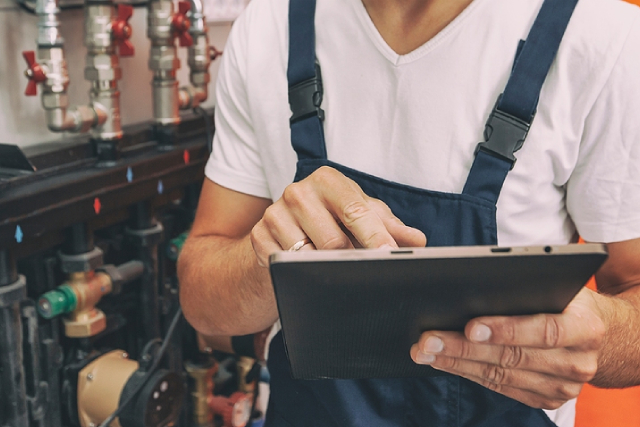Common Issues To Check For When Troubleshooting Plunger Pumps

Many industries rely on high-pressure plunger pumps for their operational applications, from pest control and commercial cleaning to power washing. When problems in these pumps arise, critical operations are disrupted, resulting in lost time and revenue. Troubleshooting plunger pumps can often feel like a guessing game. Still, issues like weak flow, excess noise, loss of pressure, leaks, and overall suboptimal performance generally boil down to the following causes below.
1. Improper maintenance
All manufacturers provide a recommended maintenance schedule for their commercial plunger pumps. Neglecting to follow this maintenance schedule will eventually result in pump issues down the line and reduce the pump’s lifespan. Some general maintenance steps to keep in mind are:
- Regularly check for cracked, dried, or worn seals that can cause excessive noise and leaks, along with plugged or worn check valves which can lead to uneven or reduced flow and noticeable pulsation.
- Blow out plumbing hoses and lines and drain the reservoir when not using the pump for long periods.
- Clean nozzles and filters frequently to remove deposits and debris and replace worn ones made of hard materials since they are more resistant to erosion from the high-pressure spray. Worn nozzles are among the most common causes of low performance.
- Follow the recommended service schedule for cam bearings connected to the end of the motor, as they can deteriorate without proper maintenance.
2. Pump plumbing
Many performance issues arise when a pump system’s components are configured or installed incorrectly. Vibration, pulsation, and excessive pump noise are only some of the symptoms of plumbing issues that could cause pump cavitation and, ultimately, permanent damage. Reservoir and hose placements and overuse of pipe elbows can lead to restricted flow and possibly render the pump inoperable. Tips to ensure proper installation and configuration include:
- Stick to the manufacturer’s recommendations for components, as commodity parts are prone to failure or poor installation.
- Limit usage of 90° pipe elbows.
- Mount tank reservoirs at a high elevation to support self-priming functions and leverage gravity in feeding the pump system.
- Check inlet hoses for proper rigidity. Air bubbles may get sucked into the pump if they are too rigid or collapse and impede the flow if they are too malleable.
- If possible, invest in custom-made pump assembly direct from the manufacturer to ensure zero plumbing configuration issues.
3. Incorrect operation
There are times when the issues affecting high-pressure pumps are not because of the pump themselves but because they are being used outside of their intended purpose or the user does not follow the best practices in their operation, such as:
- Check connections and hoses for any loose components.
- Ensure the batteries are at full charge (13.2 volts is generally considered fully charged) and the voltage is at least 12 volts.
- Avoid starving or running a pump dry.
- Do not draw too many amps or overwork the motor, as this may lead to burnout.
- Use liquid temperatures below 60°C lest the pump gets damaged.
Conclusion
Nearly all issues affecting plunger pumps stem from the reasons mentioned above. However, there may be times when the troubleshooting tips will not suffice to fix the issue, which lends to the possibility that a plunger pump is not the ideal solution for the application. This is one of the main reasons why many pump problems occur in the first place, be they plunger pumps, high-pressure water jet pumps, internal gear pumps, magnetic pumps in Singapore, or other industrial pumps. As such, it is always recommended to seek a professional when deciding which pump to use for a given application.
